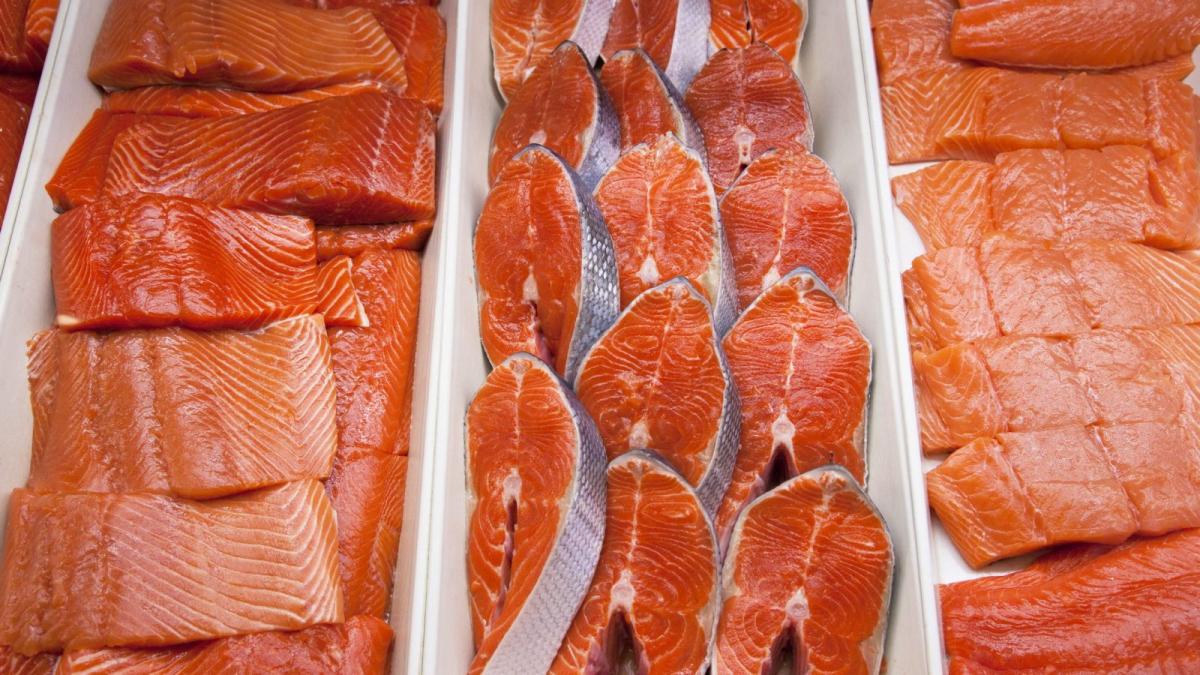This story originally appeared in bioGraphic, an online magazine about nature and sustainability powered by the California Academy of Sciences.
One day in 1992, a technology entrepreneur sat down for a meeting with a pair of biologists who were studying the genes of fish. The scientists, Choy Hew and Garth Fletcher, were working on a method of purifying “antifreeze proteins” that would help Atlantic salmon (Salmo salar) survive so-called superchill events in the North Atlantic. Normally, these salmon migrate out of the subzero ice-laden seawater of the far North Atlantic to overwinter in less frigid waters. Increasingly, though, such fish were being farmed, penned year-round in offshore cages, in near-Arctic waters to which they were not adapted. Fish farmers were looking for a way to keep the fish alive through the winter, and the antifreeze protein seemed like a possible solution.
As the meeting drew to a close, Fletcher and Hew showed Elliot Entis, the entrepreneur, a photo of two fish of equal age. One dwarfed the other. “I sat back down,” Entis recalled recently.
Fletcher and Hew, it turned out, had not just been putting antifreeze proteins into Atlanti... Read more
